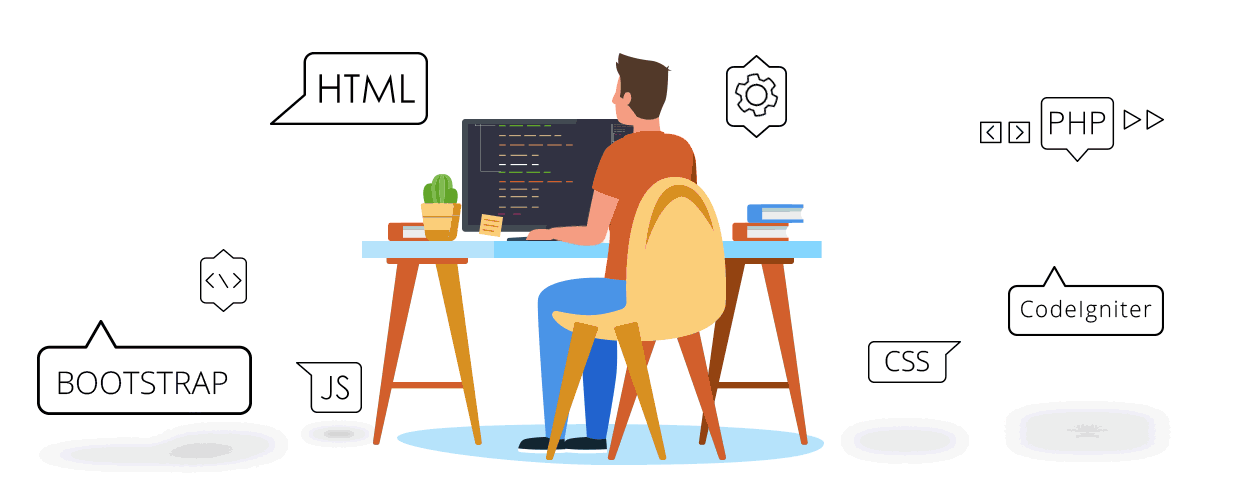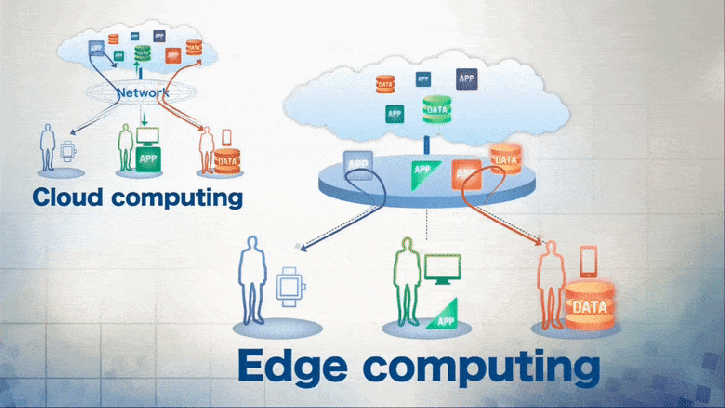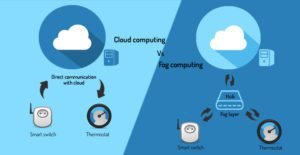Understanding the Importance of an Azure Data Scientist Associate Certification
The demand for skilled data scientists has skyrocketed and companies are relying on data analytics to make informed decisions to gain a competitive edge. As an employer, understanding the importance of having a proficient data science team to drive growth and innovation is crucial.
One effective way to equip your employees with the necessary skills is through the Azure Data Scientist Associate certification. In this blog, we will explore what this certification entails, why it is beneficial for your organisation, and how to go about obtaining it.
What is Azure Data Scientist Associate Certification?
Azure Data Scientist Associate certification is a globally recognised credential offered by Microsoft. It validates an individual’s expertise in using Azure technologies for implementing and managing machine learning (ML) models. This certification equips professionals with the knowledge required to use Azure tools and services effectively.
Why Invest in Azure Data Scientist Associate Certification for Your Employees?
- Access to cutting-edge technology: By certifying your employees as Azure Data Scientists Associates, you provide them with access to Microsoft’s advanced cloud-based platform – Azure. This enables them to leverage powerful tools such as Azure Machine Learning Studio, Cognitive Services and HDInsight for enhanced productivity in their data science projects.
- Enhanced business insights: With certified data scientists on board, your organisation can extract insights from vast amounts of raw data. They can develop predictive models that help identify patterns, trends and opportunities crucial for making informed business decisions.
- Increased efficiency & cost savings: A certified team can streamline your organisation’s processes by automating repetitive tasks and optimising resource allocation through insightful analytics. This leads to improved efficiency and cost savings across various departments.
- Competitive advantage: Having a team of certified data scientists gives your organisation a competitive edge.It delivers more accurate predictions and helps personalise customer experiences.
How to Obtain Azure Data Scientist Associate Certification?
- Prerequisites: To pursue the Azure Data Scientist Associate certification, your employees should have a basic understanding of data science concepts, and programming languages such as Python or R. Moreover, the individual needs to have a little bit of experience in working with Azure technologies.
- Hands-on experience: Practical experience is the key to mastering data science techniques. Encourage your employees to work on real-world projects by utilising Azure tools and services.
- Exam preparation: Familiarise your team with the exam pattern and practice using sample questions and mock tests. This will help them become comfortable with the format and identify areas they need to focus on during their preparations.
Driving Employees’ Success with Azure Data Scientist Associate Certification
Investing in Azure Data Scientist Associate certification can have a profound impact on your organisation’s success in today’s data-centric world. By equipping employees with cutting-edge skills and technology you set your company up for future growth. If you want to empower your team with these essential skills, consider enrolling them in one of the Azure Data Scientist Associate certifications. If you need more details on this course please visit here.



 Enterprises now a days prefer the employees with the experience of working on the cloud platforms like Amazon Web Services etc. Sound knowledge of Data warehousing and Data modelling is also given a lot of preference these days.
Enterprises now a days prefer the employees with the experience of working on the cloud platforms like Amazon Web Services etc. Sound knowledge of Data warehousing and Data modelling is also given a lot of preference these days. Pipe-line centric Data Engineers work in coherence with Data Scientists to utilize their collected Data. Database-centric Data Engineers manages the Data-flow and database analytics.
Pipe-line centric Data Engineers work in coherence with Data Scientists to utilize their collected Data. Database-centric Data Engineers manages the Data-flow and database analytics.

 When data is transferred to a remote cloud server, it allows the user to perform various complex algorithms with machine learning and thus predict the maintenance needs of a particular section. This is then forwarded to a dashboard on a personal system where one can determine what decisions are to be made further. This is all done comfortably from home or the office.
When data is transferred to a remote cloud server, it allows the user to perform various complex algorithms with machine learning and thus predict the maintenance needs of a particular section. This is then forwarded to a dashboard on a personal system where one can determine what decisions are to be made further. This is all done comfortably from home or the office. A
A 
